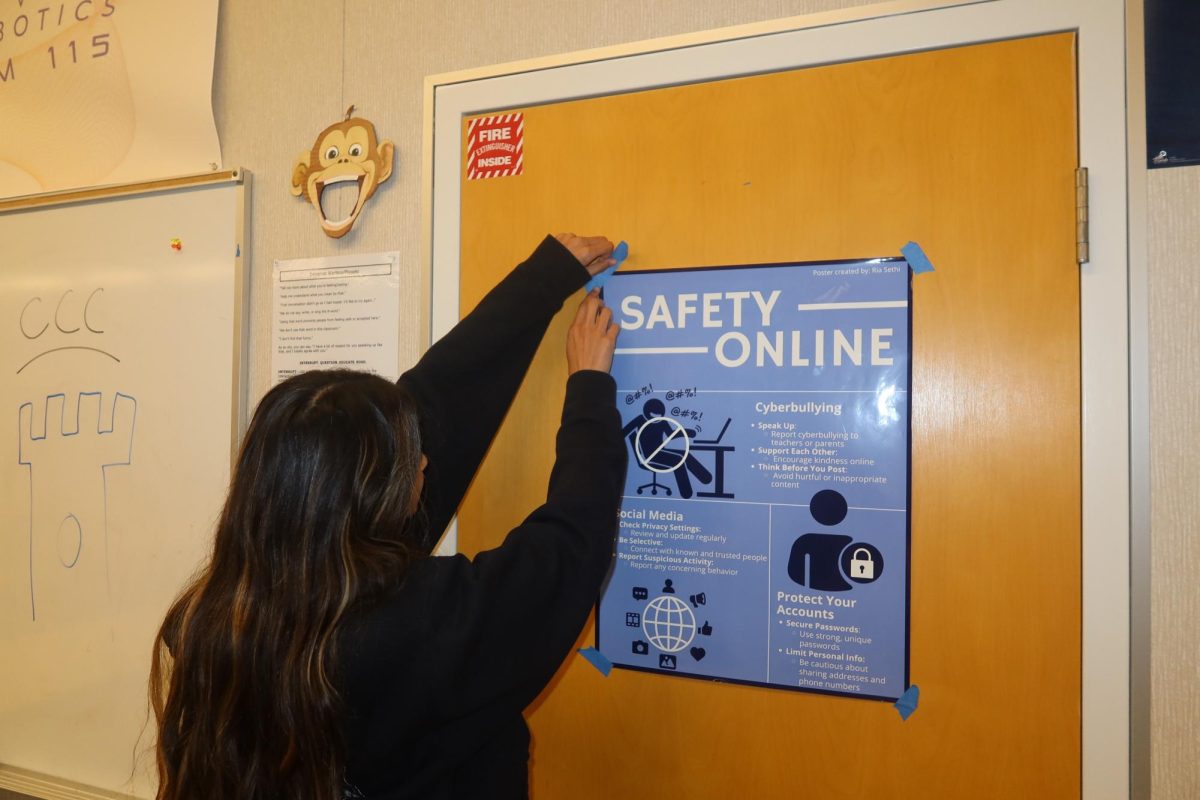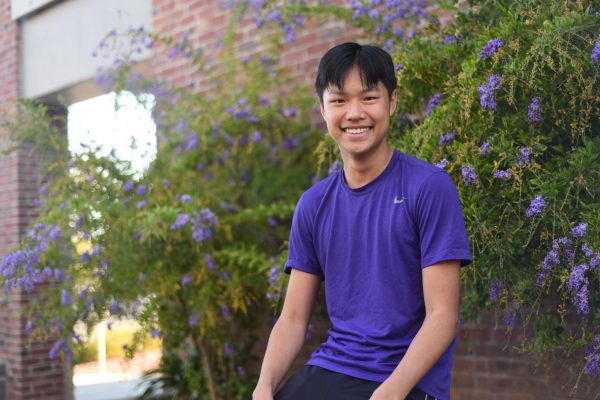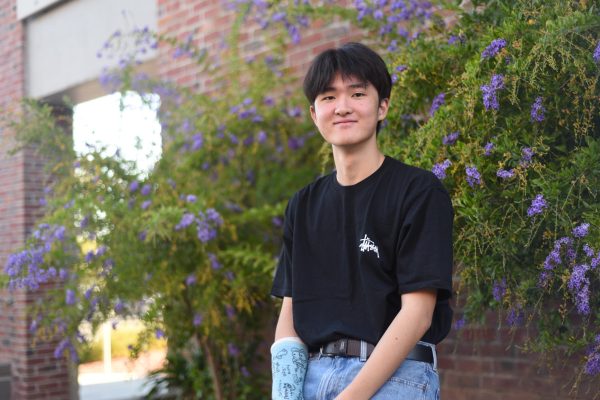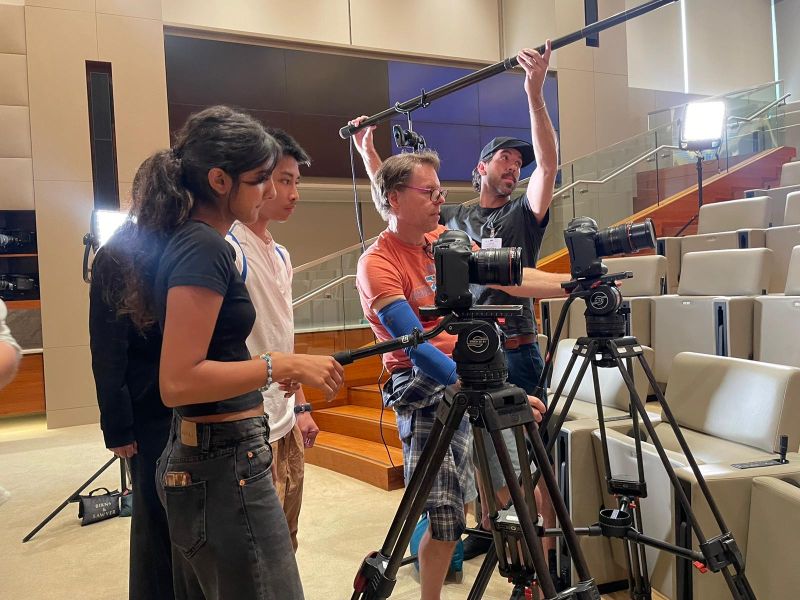Trigger warning: This story mentions cyberbullying and contains sensitive content.
During her freshman year, junior Ria Sethi opened her Instagram app to racist and shocking comments from a student-run Instagram gossip account. The account posted responses from a Google Form where FUHSD students could submit anonymous entries. Although many of the rude and derogatory comments were directed not just toward her, but other students as well, she states that the experience was difficult to speak about.
“Although the comments weren’t super horrible for me, the things that were being said about other people were just insane,” Sethi said. “And I felt that wasn’t OK, and no one really wanted to talk about it. There was this stigma against talking about what was going on outside of school.”
The incidents motivated Sethi to reach out to administrators and even law enforcement, where she says she was met with difficulties. MVHS Principal Ben Clausntizer says the process of taking action in such situations can be lengthy and difficult, even involving legal considerations. In this particular case, administrators attempted to contact Instagram multiple times across the span of multiple weeks to take down the account, to no avail.
“As administrators, we work with students to report the account, and we ourselves report it, and make sure we are supporting students and their well-being and we connect them with law enforcement — that’s the kind of action we’re taking,” Clausnitzer said. “It gets super complex when you’re talking private accounts, coupled with law enforcement and laws on what they can and cannot do. In particular, without being able to go to a judge to get information — like an IP address — coupled with everything being anonymous.”
Cyber expert Sanny Liao, who works at cybersecurity tech company Fable Security, agrees that cyberbullying can be difficult to deal with, especially with the current technology available to young individuals. She believes that abuse of tools can never be fully prevented, and education is the only true solution.
“There’s always going to be people who are bullies — it makes them feel powerful to do that, even though it’s super damaging to the recipients,” Liao said. “What I would like to do is actually equip kids with the tools on how to handle it themselves mentally, as well as help create a culture among them and their friends on why this is happening, what you can do about it and how you support each other.”
Similarly motivated, Sethi decided the best course was to create her own solution. Earlier this year, she founded Cyber For Youth, an initiative with the goal of helping both children and parents navigate the online world safely through programs and workshops. She soon found that sharing her story online resonated with many others, and promoted the growth of her initiative.
“Through outreach on platforms like LinkedIn, TikTok and Instagram, I basically shared my own experiences and my own story,” Sethi said. “It was that storytelling that really drew people in, rather than just the opportunity that people could get. The way that people connected with the mission was really amazing, and their wanting to help really made all that difference.”
Lynbrook High School sophomore Samhita Srimath Kandali is one of these individuals: she discovered Sethi’s outreach through an Instagram story and wanted to help. Now, she serves as one of the Heads of Communications at Cyber For Youth.
“We manage a team of about 10 people and work with the research and writing team to create workshops that can be presented to both kids and adults,” Srimath Kandali said. “If we have a younger audience, we change what we’re going to be talking about. As of now, what we’re doing is making a lot of connections, like we’ve been talking to the MVHS principal and getting that integrated into the ninth grade system.”
Sethi hopes to hold their first sessions at MVHS next month for all ninth graders to educate them on cyber safety during their P.E. classes, a process that she is working on with administration. Clausnitzer highlights that this process requires careful review.
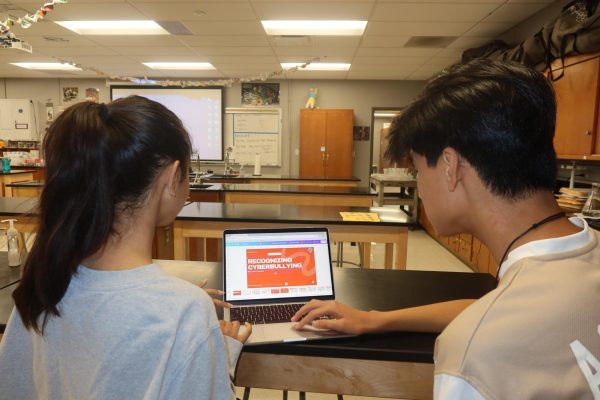
“Cyber For Youth shared nine or 10 different scenarios, so I took their materials and shared them with assistant principals, school counselors, school psychologists and school based therapists at MVHS to look at those materials,” Clausntizer said. “We’re in that process of taking a look at those materials and giving them any feedback we might have, and seeing if we can partner with them in some kind of way such as ninth grade P.E. classes.”
For Sethi, these workshops play a large role in her efforts to educate parents and students on cyberbullying and security. She’s also expanded to a team of 50-60 students from across the country, partnering with other organizations such as Savvy Cyber Kids, a nonprofit that provides resources for cyber safety and ethics. Sethi’s team has raised over $9,000 for the cause and is currently planning workshops for multiple districts including Cupertino Union School District.
Meanwhile, Liao’s work in the field of the internet, from advanced cyber attacks to email abuse, is also motivated by the goal of solving problems.
“I find it extremely brave of someone who’s in this age group to say ‘Hey, I’m not going to take it at face value. I want to not just be a victim, but I want to actually create a program or system to support other people who may be falling for these things,’” Liao said. “I heard about Ria’s story, and the story is really cool.”
Liao’s experience draws parallels between Sethi’s initiative and her own, both working for the cause of bettering the lives of others. She states that Cyber For Youth is a positive step in the right direction to addressing these issues.
“In tech, we build a lot of tools — sometimes they’re things that make life more interesting or things that are great for monetization,” Liao said. “And sometimes you come across products where, by doing the work, you’re doing something good in the world, and cybersecurity is one of them. Everything you do, every attack we stop, every employee we’re able to correct a vulnerability in their system for is literally making them safer. That part is really meaningful, and I think it’s quite rare in all the jobs that one can choose to do. Intellectually, it’s a very stimulating field to work in, because the problem never gets old.”
In the future, Sethi hopes to offer more comprehensive resources for parents and students alike and build a sustainable platform where families can continuously learn about navigating the online world. Ultimately, she’s proud of the stories and discussion she’s hearing from others as more people open up on traditionally uncomfortable topics.
“What motivates me is my own experience and story and feeling helpless in the face of cyberbullying,” Sethi said. “I also think of my younger brother, who’s a middle schooler. I want to make sure that he and kids like him don’t have to go through what I and what many other people did if something happens — it’s very difficult for students to talk about being cyberbullied because of peer pressure and fear of judgment, and I want to change that.”
*correction: 10/26/2024, 11:06 pm Cyber For Youth is an initiative, not currently a LLC or a 501(c) organization.





